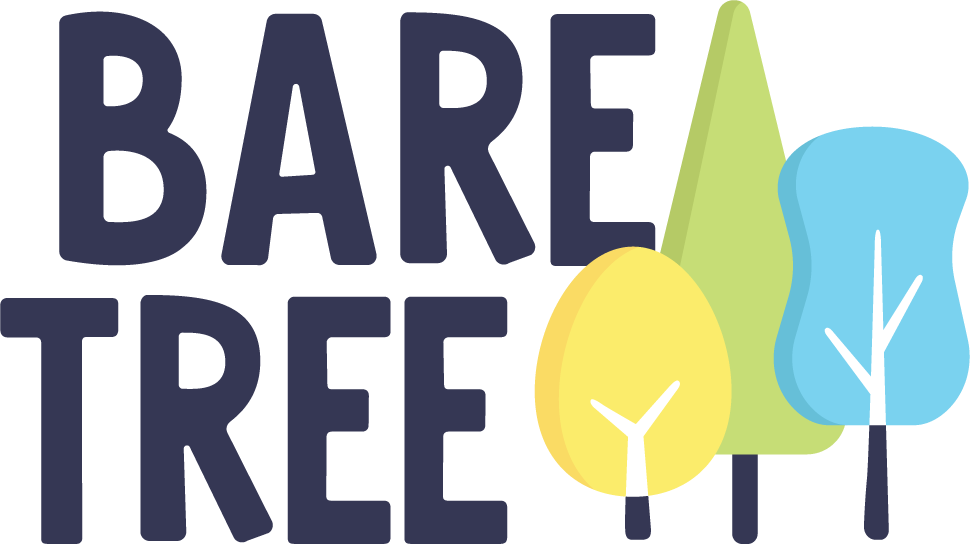In 2016, more than 6 billion emojis and stickers were sent every day on mobile messaging apps. Between 2015 and 2016, there was a 609% year-over-year growth of branded campaigns using emojis and stickers. It’s no wonder major brands including the NFL have jumped on the opportunity to engage with their audience through custom branded emojis and stickers. According to Jana Gauthier, director of digital media for the New England Patriots, “It’s not always the best idea to force consumers to go to your owned and operated platforms; it helps more to be where they are.”
From Gronk to Gronkmoji
Bare Tree Media’s designer, Jessica Lindsay, had the chance to work with the NFL Players Association team when designing Gronkmoji.
“When designing the Gronk stickers it was very important to capture his likeness and personality. Gronk is a very fun loving guy so we wanted that to come across in his stickers. That especially is prominent in the series of “Spike!” stickers that we did, referencing his willingness to “Gronk” (or spike) anything for charity. It was fun to incorporate that in his stickers by animating him “Gronk-spiking” all sorts of things including a football, watermelon, beach ball, and a pizza. The pizza spike is definitely my favorite.” — Jessica Lindsay, Designer at Bare Tree Media
Current Trends in Emoji and Sticker Marketing
1. Relatable & Emotional Message
The most successful sticker designs are often those that convey a very relatable emotion or message. It’s important when designing a sticker to think about what emotion or message the sticker will be conveying.
2. Variety of Use
The more variety of use cases you can think of the better. It shows that there are more opportunities for people to use your sticker and it will be more relatable to a greater number of people.
3. Animation
Animation is all the rage right now. If a sticker pack isn’t animated, users are often disappointed. For branded characters, a lot of companies are choosing to go in a heavily stylized depiction of their characters with flat shading and lighter colors. This direction is an attempt to broaden the appeal to more users.




